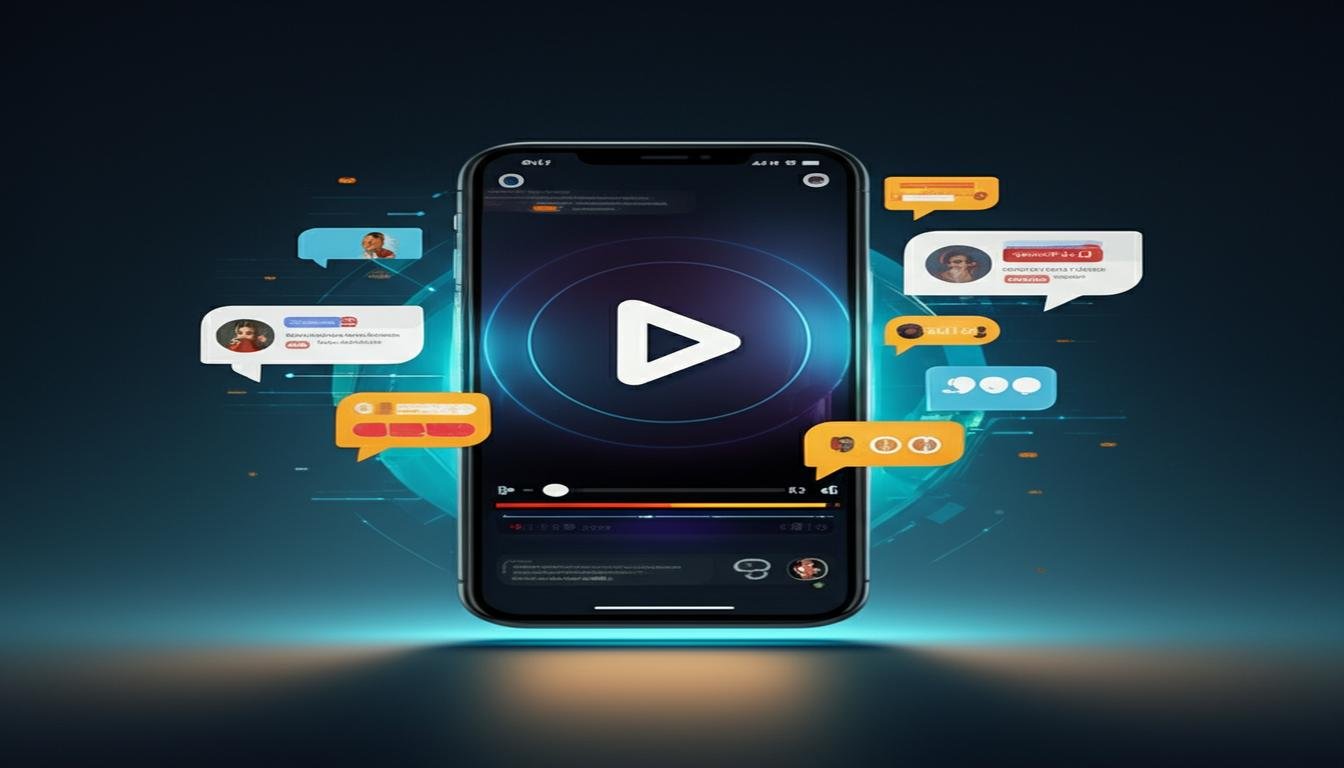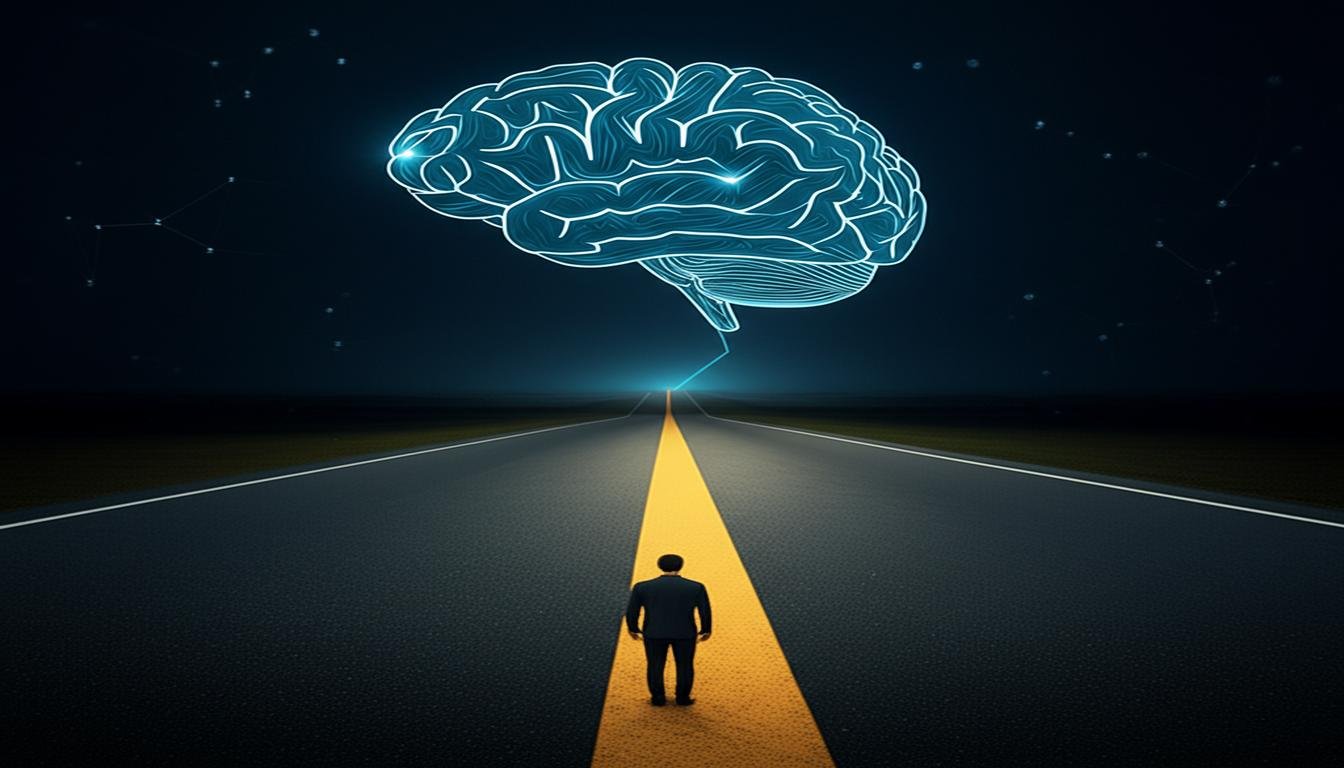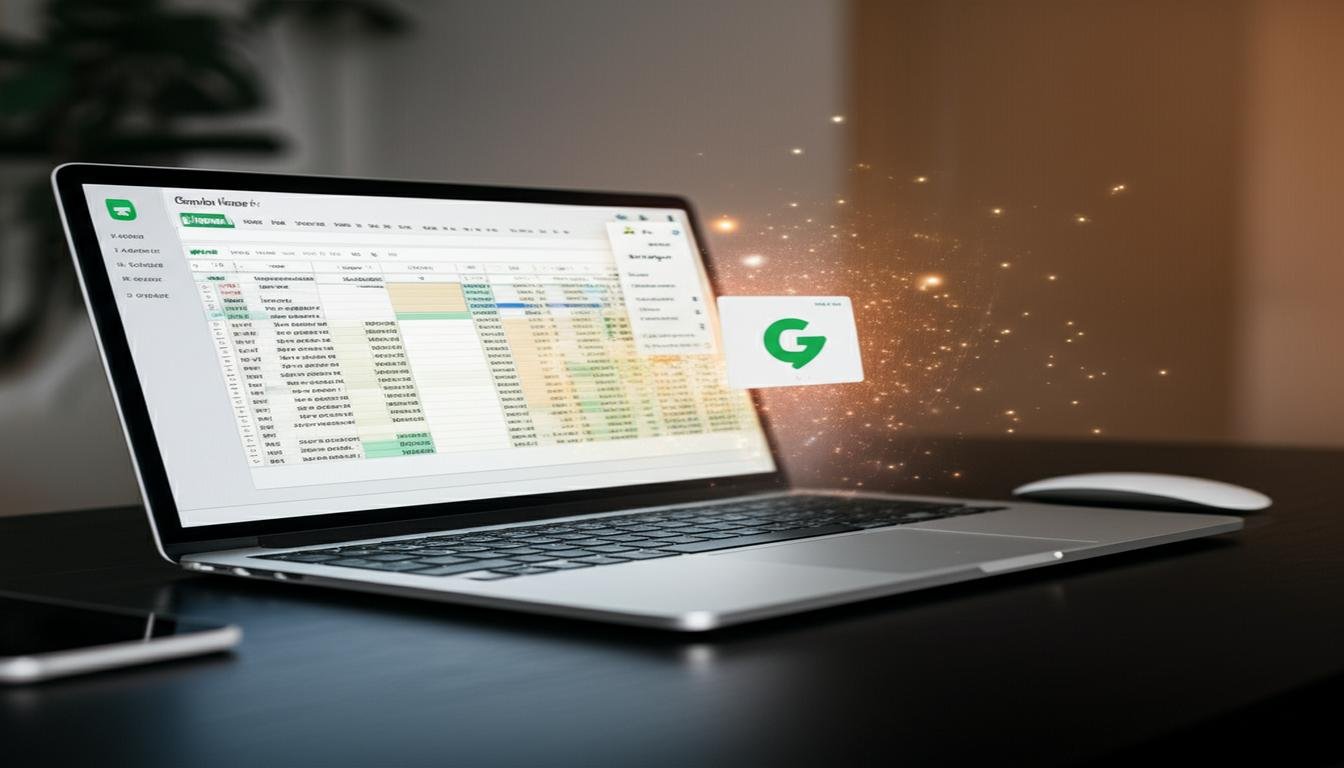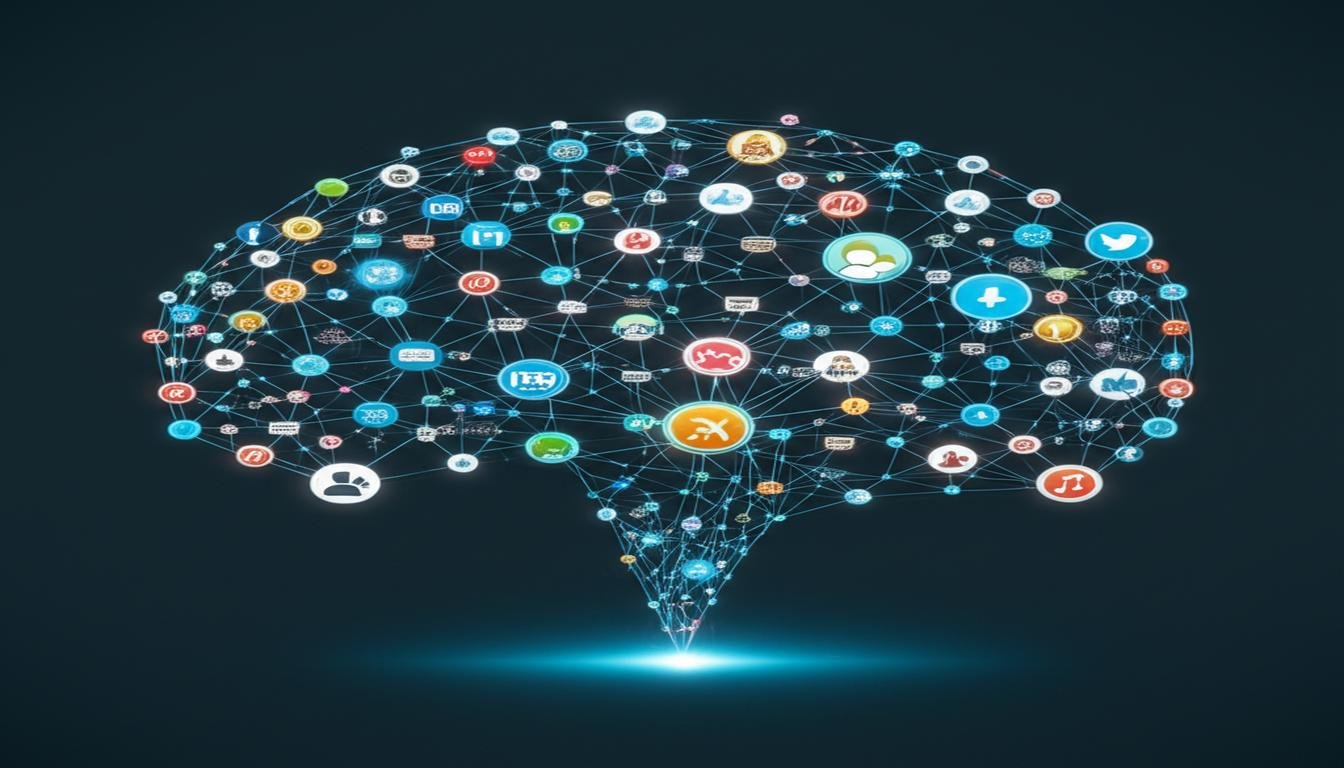Imagine this: you’re driving along, maybe a little distracted, maybe just a tiny bit over the speed limit. Suddenly, you get a notification. Not from a flashing light in your rearview mirror, but a digital one. And the citation isn’t from a human officer, but from an artificial intelligence system. Sounds like something out of a sci-fi movie, right? Well, buckle up, because that future is already here. An AI “cop” just issued its first real traffic ticket, marking a significant shift in how our roads might be policed.
This isn’t a drill or a futuristic concept. This is a real-world event that’s got people talking, wondering, and perhaps, driving a little more carefully. It raises a ton of questions about technology, privacy, and the very nature of law enforcement. Let’s dive into what this means for us, the drivers.
How Does an AI Traffic System Work?
When we talk about an “AI cop,” we’re not talking about a robot with a badge. Instead, picture advanced camera systems, sensors, and sophisticated software all working together. These aren’t your grandpa’s speed cameras; they’re much smarter.
- Advanced Sensors: High-resolution cameras, radar, and lidar systems constantly monitor traffic flow, speed, and even things like lane discipline or distracted driving.
- Data Analysis: This collected data is fed into powerful AI algorithms. These algorithms are trained on vast datasets of traffic laws and violations. They can identify infractions instantly and accurately, often better than a human eye.
- Automated Ticketing: Once a violation is confirmed by the AI, the system automatically processes the evidence, cross-references vehicle registration, and generates an official citation. This digital ticket is then mailed or digitally delivered to the vehicle owner.
The beauty of it, from a city’s perspective, is the sheer efficiency and objectivity. No coffee breaks, no bad moods, just cold, hard data enforcement.
Why Are Cities Turning to Automated Enforcement?
It’s not just about futuristic tech; there are practical reasons cities are exploring these automated traffic solutions.
Improving Road Safety and Flow
Human officers can only be in so many places at once. AI systems, however, can monitor vast networks of roads continuously. This constant vigilance can lead to:
- Reduced speeding and other dangerous behaviors.
- Fewer accidents and fatalities.
- More consistent enforcement across all areas, not just hotspots.
Boosting Efficiency and Saving Resources
Policing is resource-intensive. Automated systems can:
- Free up human police officers for more complex crimes.
- Operate 24/7 without overtime costs.
- Process violations faster, leading to quicker resolution of fines.
The Good, The Bad, and The Automated Future
Like any major technological leap, AI enforcement comes with a mixed bag of pros and cons.
Potential Benefits:
- Objectivity: AI doesn’t have biases based on race, gender, or vehicle type. It just sees data.
- Consistency: Every violation, big or small, gets the same level of attention, theoretically leading to fairer enforcement.
- Crime Deterrent: Widespread monitoring might not just catch traffic violations but also deter other types of crime.
- Reduced Confrontation: No need for potentially escalating traffic stops, making interactions safer for both drivers and “officers.”
Concerns and Challenges:
- Lack of Discretion: AI can’t tell if you sped up to avoid an emergency, or if you briefly crossed a line to avoid an obstacle. It simply sees a violation.
- Privacy Invasion: Constant monitoring raises huge questions about where this data goes, who sees it, and how it’s protected. Is “Big Brother” watching every move?
- Error Potential: While highly accurate, no system is foolproof. What happens if the AI makes a mistake? Appealing a ticket from an algorithm could be a nightmare.
- Cost and Equity: Implementing these systems is expensive. Will the fines disproportionately affect lower-income communities?
- Human Element: Policing isn’t just about rules; it’s also about community interaction, empathy, and judgment calls. AI can’t replicate this.
What This Means for You, The Driver
First off, it means that “getting away with it” might become a thing of the past. If you’re used to driving a little loose with the rules, an AI system is far less forgiving than a human officer might be. You’ll need to be more vigilant about:
- Speed limits: Even slight infringements could be caught.
- Traffic signs: Rolling stops and ignored “no turn on red” signs are easy catches for AI.
- Lane discipline: Crossing solid lines or improper lane changes.
- Distracted driving: Some advanced systems can even detect cell phone use behind the wheel.
It also means we, as a society, need to start asking tougher questions about the balance between efficiency and individual rights. How transparent will these systems be? What are the appeal processes? And what safeguards are in place to prevent misuse of our data?
Navigating the AI-Patrolled Roads of Tomorrow
The first AI-issued traffic ticket is more than just a novelty; it’s a peek into the future of urban life. As cities become “smarter” and technology advances, automated enforcement is likely to become more common, not less. While the promise of safer, more efficient roads is enticing, it’s crucial that we, as citizens, ensure that these powerful tools are used responsibly and ethically.
So, next time you’re on the road, remember: the future of traffic enforcement isn’t just coming, it’s already here. And it just might be watching you. Are we ready to trust algorithms with our citations, and ultimately, our safety?









